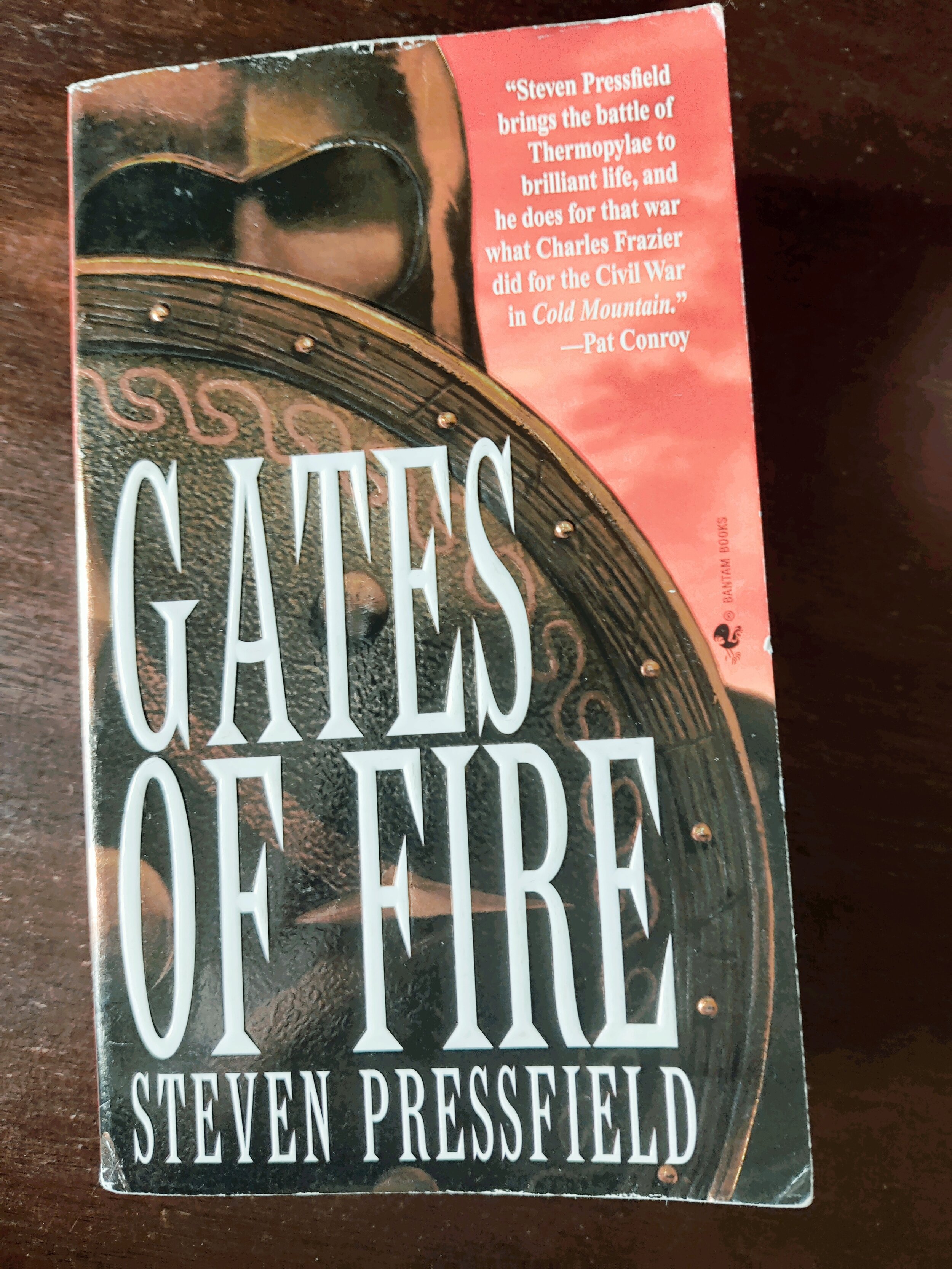The next few posts, starting with this one, will be topical around the “5 Cs of Leadership” as I have learned to apply them. These 5 Cs are not my own idea. I adopted them for myself after hearing of and learning about them from Richard Rierson. You can learn more about Richard on his website, “Dose of Leadership”. Additionally, I would like to ask you to consider becoming part of a group of amazing leaders who are diligently seeking to grow into better leaders. Check out the Dose of Leadership University. Now onto today’s topic.
According to Merriam-Webster, “Composed” means, free from agitation, calm, especially self-possessed. So what does being composed have to do with leadership? That may be a fair question. I have witnessed many times when situations become tense the person in charge starts letting their anger, displeasure, frustration, or whatever you want to call it, show in full view of all around them. The people around these who are in charge use excuses like, “that’s just the way he/she is”, or “that is just part of their personality, they are a strong leader”.
Now, do not get me wrong, there are and will continue to be times when frustrations are high and emotions are tense. Our emotions are part of who we are, and are designed as a system to help us prepare our bodies for action. However, when in a position of authority, we lose leadership capital very quickly when we are unable to stay composed and think clearly during times of high stress.
I cannot remember where I first heard this, but I have seen this time and time again. Leadership capital is built and grows in increments of $0.01, $0.05, or at best, $0.10 as those in our care respond to our desire to positively influence. Building leadership capital takes time, patience, effort, and vigilance. Leadership capital is spent in increments of $5.00, $10.00, or even $20.00.
When we lose our composure in times of struggle, we are spending leadership capital. This is not to declare that we cannot still lead effectively after having lost our composure, but if we have not already built up significant leadership capital we risk losing respect, open feedback, and honesty from those we lead. Losing great communication with those in our care means that we are no longer leading we are forcing conformity.
Let me delineate a little further. Do not, “hear what I am not saying”. I am not saying that leadership is about always being kind and soft. While there is room for compassion there is no room for letting those in your care, walk all over you. Being composed happens when a firm correction is needed or when a chaotic event triggers high emotions and it is necessary to speak loudly to ensure to quell all the noise and chatter. Using a loud voice and firm correction needs to be applied with precision and care. These are great tools in an artist’s hands, not a sledgehammer to force coercion.
There is a difference between being an “Alpha” and being a bully. Perhaps a future post can be about the value of a strong leader being characterized as an “Alpha”. A bully is often insecure and uses bullying techniques to lift themselves above others while shutting down those being bullied. As a leader, we can be strong without inserting our authority.
In the poem “If” by Rudyard Kipling, the first few lines come to mind as I think of a composed leader.
If you can keep your head when all about you
Are losing theirs and blaming it on you,
If you can trust yourself when all men doubt you,
But make allowance for their doubting too;
If you can wait and not be tired by waiting,
Or being lied about, don’t deal in lies,
Or being hated, don’t give way to hating,
And yet don’t look too good, nor talk too wise:
To me, this speaks volumes of the value of keeping one’s composure.













